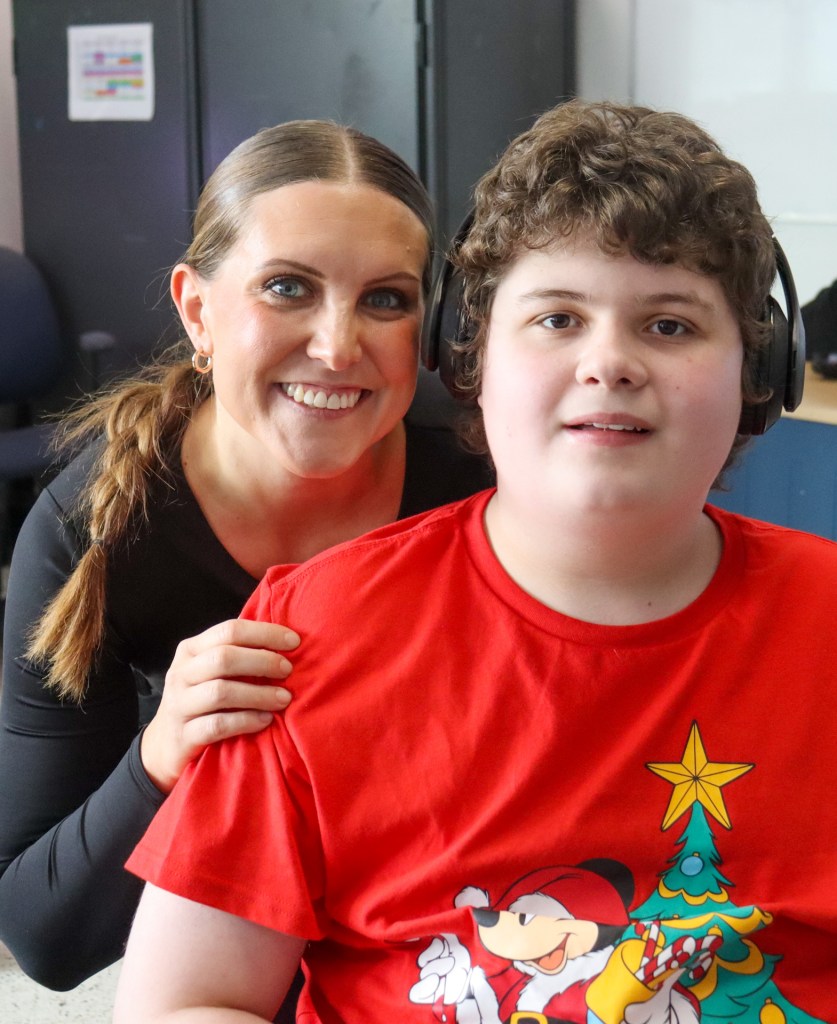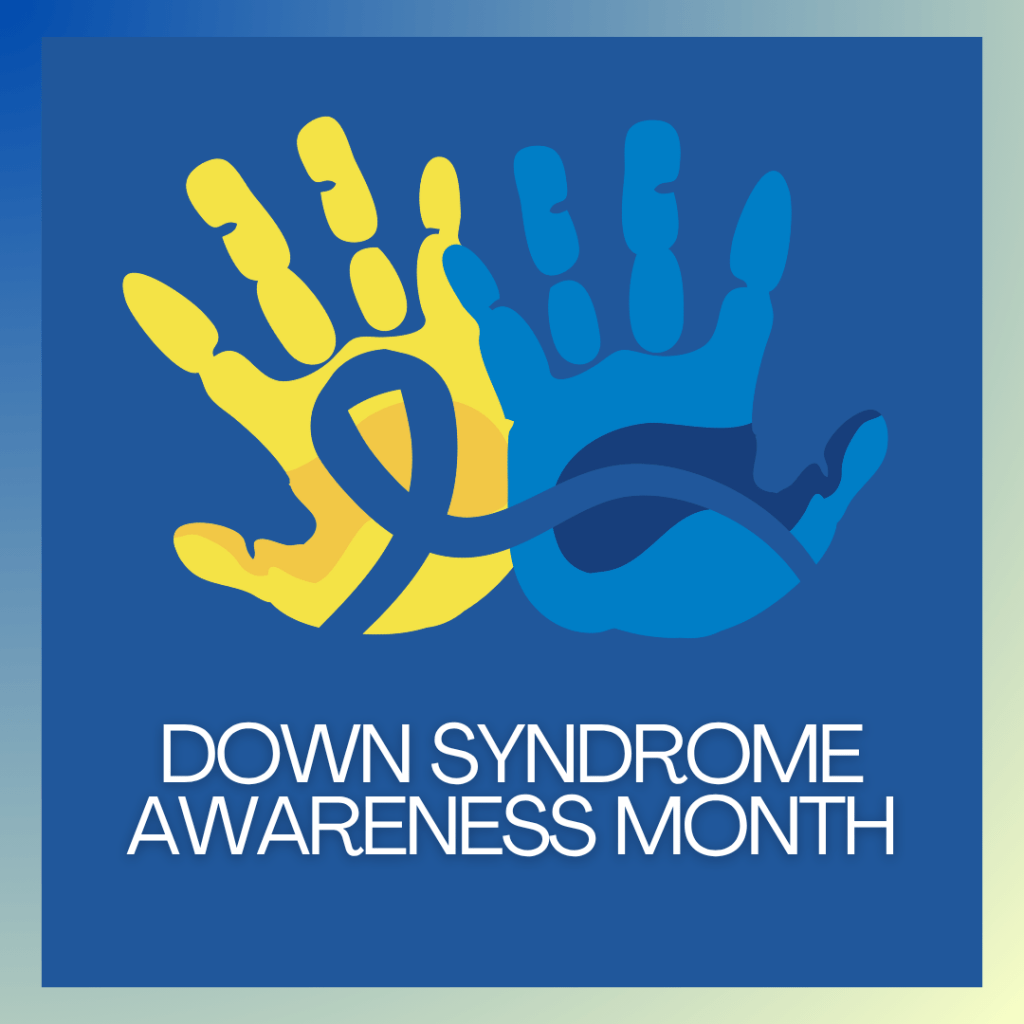
Autism spectrum disorder (ASD) is a neurodevelopmental condition that affects how a person interacts socially, communicates, and behaves. It is called a “spectrum” because symptoms and abilities vary widely from one individual to another. ASD is typically diagnosed in early childhood, though some individuals are diagnosed later in life. Causes are complex, involving genetic factors (which account for most of the risk), as well as possible environmental and biological influences.
A groundbreaking study published in Nature Genetics from July 2025 and reported by The Washington Post has identified four distinct autism subtypes, offering new insights into the complexity of autism spectrum disorder (ASD). Led by Princeton University and the Simons Foundation, the research analyzed genetic and behavioral data to better understand patterns within the spectrum. Here’s a summary of the four subtypes:
1. Social and Behavioral Challenges
This group represents about 37% of participants and is characterized by prominent social communication differences and repetitive behaviors, with developmental milestones like walking and first words generally on time. Individuals in this subtype often experience higher rates of ADHD, anxiety, depression, and OCD.
2. Mixed ASD with Developmental Delay
Comprising roughly 19% of the cohort, this subtype includes individuals with early motor or language delays. Social challenges and repetitive behaviors vary widely within the group. These individuals are more likely to carry inherited genetic variants rather than new (de novo) mutations and tend to have lower rates of anxiety or disruptive behaviors.
3. Moderate Challenges
About 34% of participants fall into this category, which features milder social and behavioral differences overall. Developmental milestones are typically on time, and psychiatric comorbidities are less common compared to other groups.
4. Broadly Affected
The smallest group, at 10%, faces more severe challenges across multiple domains, including social communication, repetitive behaviors, and cognitive impairment. This subtype also shows higher rates of psychiatric conditions such as anxiety and mood disorders and is enriched for de novo genetic mutations.
Why This Matters
These findings underscore the diversity within the autism spectrum and highlight the importance of personalized approaches to support and intervention. Understanding these subtypes can help clinicians, educators, and families tailor strategies that meet individual needs.











